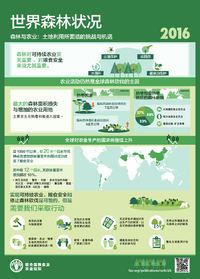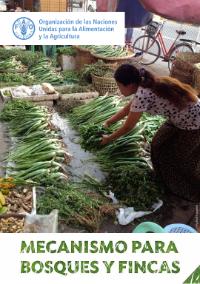Chồng lấn quyền sử dụng đất: Thách thức cho quy hoạch và quản lý rừng đặc dụng 2015
Tài liệu “Chồng lấn quyền sử dụng đất: Thách thức cho quy hoạch và quản lý rừng đặc dụng ở Việt Nam” tổng hợp một số đánh giá ban đầu từ các nghiên cứu của Trung tâm Con người và Thiên nhiên (PanNature), Trung tâm Tư vấn và Quản lý Tài nguyên (CORENARM) cùng Trung tâm Phát triển Nông thôn miền Trung (CRD) trong năm 2014 về hiện trạng chồng lấn quyền sử dụng đất trong hệ thống rừng đặc dụng Việt Nam.








